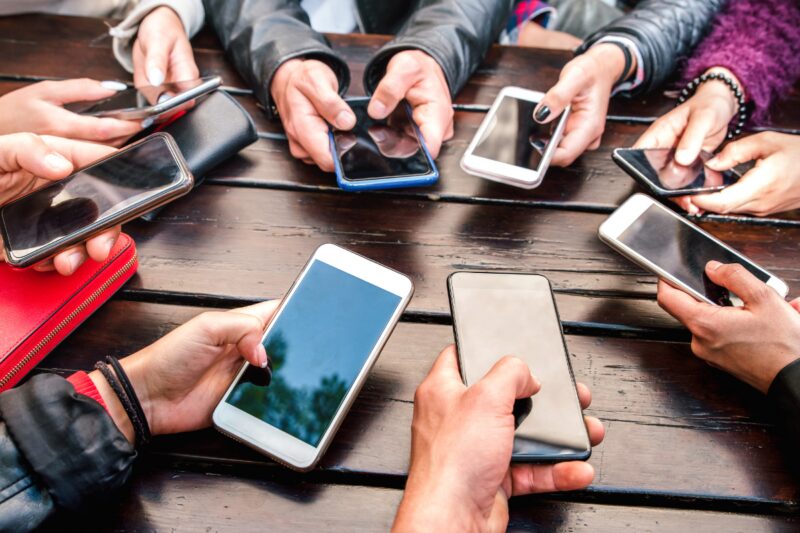Americans consume a great deal of natural resources and create disproportionately large amounts of waste. In fact, one American will drain thirteen times more natural resources over his or her lifetime than someone from Britain.
Agriculture strains water supplies in regions most lacking in the resource and releases greenhouse gases that contribute to global warming. Despite these environmental concerns, many Americans think they are doing their share.
Driving
Many Americans say they’ve changed their habits to help the environment. But what exactly are they doing?
Driving produces a lot of greenhouse gases. In fact, it’s the leading source of emissions in the country. Moreover, the environmental impact of cars is multiplied by America’s sprawl culture, which maximizes consumption and energy usage in the housing and transportation sectors.
A car’s fuel consumption is not the only problem — it also harms the environment by polluting the air and creating habitat fragmentation, which reduces biodiversity. Additionally, it takes up space that could be better used for public transportation.
Fortunately, there are ways to drive less and make an impact. One popular option is using an app that aggregates bus, train, bike-share, and other alternatives to show you the best way to travel. Another is simply avoiding unnecessary trips. You can do this by using an app like Transit, or by walking or biking instead of driving.
Eating
Every meal a person eats comes with an environmental footprint, based on how many greenhouse gases are emitted in the production and transport of that food. The good news: In the 15 years studied in a new study, Americans’ diet-related carbon footprints fell by more than 35%. Half of that reduction was the result of eating less meat.
Almost one-third of all the food produced in the United States is never eaten, and the production, transportation, and disposal of this waste contributes to climate change. It also causes pollution in the form of nutrient runoff, where excess nitrogen or phosphorus from fertilizers wash into rivers, lakes or coastal waters and strip dissolved oxygen that fish and other wildlife need to survive.
Two-in-five American adults say they’re reducing their consumption of meat for environmental reasons, according to the Center’s survey. But the most sustainable way to cut our impact on the environment is by reducing food loss and waste.
Drinking
Most Americans understand that consuming alcohol can have detrimental effects on their health, social lives and careers. They may not realize, however, that the production and consumption of alcohol, especially beer, is also damaging to the environment. Alcohol requires a significant amount of natu ral resources, and the production of beer alone causes substantial greenhouse gas emissions.
In addition, alcohol intoxication makes people clumsy and less attentive, contributing to a certain proportion of casualties related to momentum injuries, such as falls or motor vehicle accidents. While efforts to reduce these problems by encouraging drinkers to not pair their intoxication with certain activities and by reducing the rate of drinking itself have been successful, they do not address all of the issues.
The collective informal social norms that largely govern drinking behavior tend to operate within wide margins of tolerance, and people are generally hesitant to intervene directly or to roundly criticize drunken behaviors. Rather than focus on influencing the drinking habits of individuals, efforts that seek to minimize the environmental damage associated with hazardous drinking should aim at modifying environments around those habits.
Lighting
Species that are crepuscular and nocturnal depend on sundown, moonlight, and starlight to time their sleep, activity and foraging patterns. Artificial lighting alters these natural cycles, which has a significant impact on wildlife. For example, studies have found that urban blackbirds become active earlier and sing as much as five hours sooner than their country cousins due to street lights. Similarly, marine animals are affected by the illumination of ocean infrastructure, including oil rigs and harbors.
While there is no one answer to this question, we know that reducing consumption and adopting environmentally friendly habits can help to mitigate America’s adverse effects on the environment. Changing the way we live through policy, technology and cultural change is essential to our planet’s survival. This is particularly true as our current high-consumption lifestyles are contributing to biodiversity loss. The most effective strategy for changing behavior is to target underlying attitudes and motivations. This may involve expanding existing attitude-behavior models to include habits.



